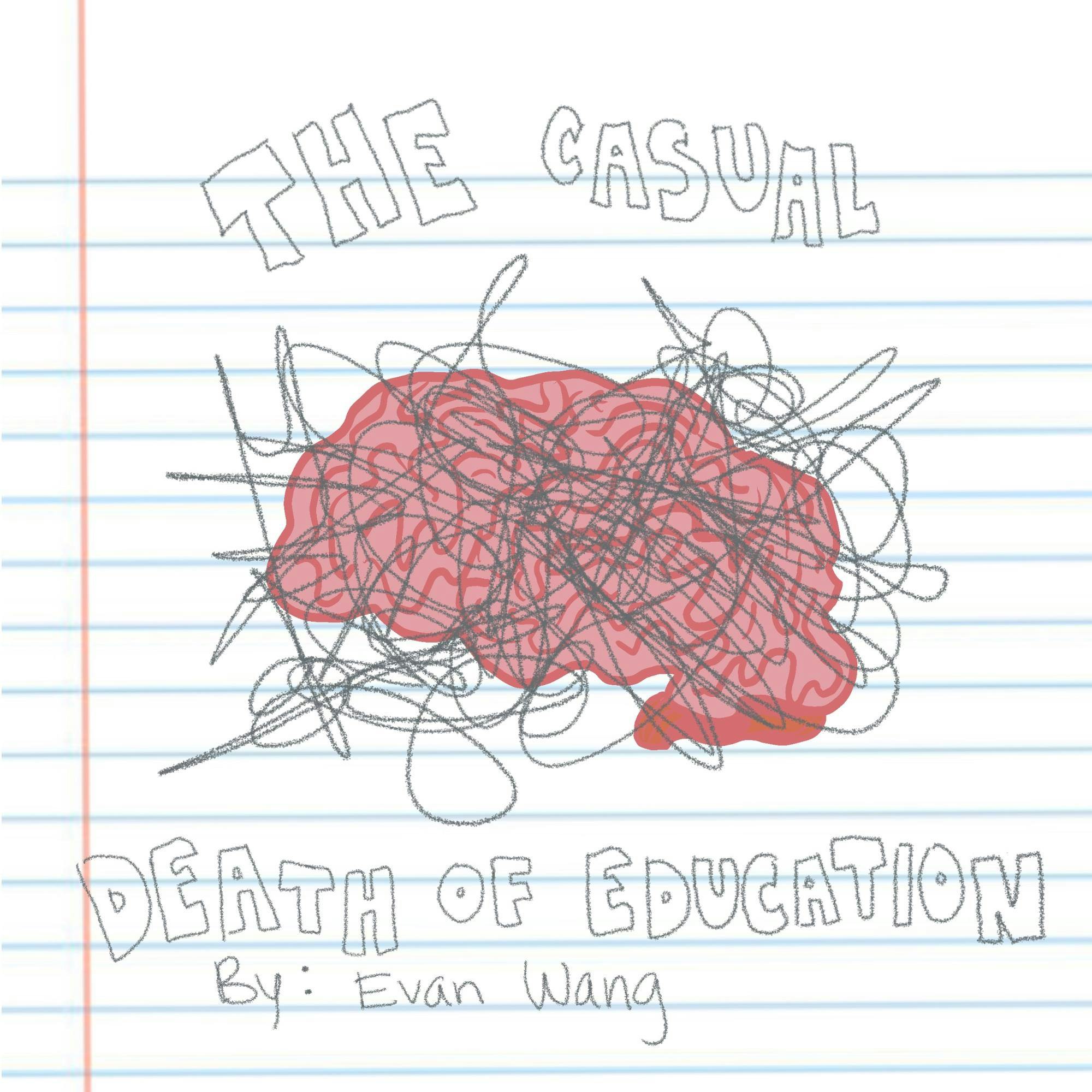Ever since the Supreme Court struck down the use of affirmative action in Students for Fair Admissions v. Harvard, colleges and universities across the country have been scrambling to address the fallout of this decision. Major newspapers and non-profits decried the decision as disastrous for diversity and inclusion in America’s higher education system. Yet, after the release of admission data for the year 2024, it has become abundantly clear that the dismemberment of affirmative action has not proven to be damaging for diversity in most colleges and will allow Americans to put a divisive issue behind them.
The numbers don’t lie. The elimination of affirmative action has caused the number of Black students at some universities to drop. However, this does not paint a full picture of the current situation. At Amherst, the percentage of new Black students dropped from 11% to 3%. However, the percentage of Black students at Williams College and Bowdoin College increased 6.8% to 7.3% and 4.6% to 6%, respectively. All three are prestigious liberal arts colleges with similar acceptance rates but variable demographic changes.
Numbers from some other elite colleges paint a similar picture of complexity. Data compiled by Education Reform Now shows us that the percentages of Black students at the California Institute of Technology, Duke University and Princeton University have all barely changed. Therefore, the drop in diversity among elite colleges is neither uniform nor as dramatic as it is often made out to be in some cases. The number of Hispanic students has also been impacted, but considering that the enrollment change at highly ranked colleges and universities that have reported demographic data ranged between a decrease of 51.2% to an increase of 31%, it’s not clear if Hispanic enrollment was negatively impacted due to the downfall of affirmative action.
Proponents of affirmative action should consider the adverse effects of race-based admissions on students. How comfortable are we that under affirmative action, Harvard rates its Asian applicants significantly lower on “personality traits” than any other ethnic groups? How comfortable are we that affirmative action usually subsidizes upper-middle class minorities while leaving lower-class Americans in the dust? It’s clear that while affirmative action brings little diversity it also exposes the ugly side of higher education which pits minorities against each other.
The promotion of diversity should not be haphazardly used as an excuse to add points to people of color during the college admissions cycle, especially if it comes at the expense of other more qualified students. Instead, more energy needs to be dedicated to education well before an SAT takes place or a college essay is written. Studies have regularly shown that students from higher economic brackets are significantly more likely to attend elite colleges. The fact that lower income students attend dilapidated schools, study hungry and have inadequate teachers is a far more concerning problem than affirmative action. America should endeavor to level the playing field between students well before the college application process begins and drop the divisive and ineffective question of affirmative action into the dustbin of history where it belongs.






